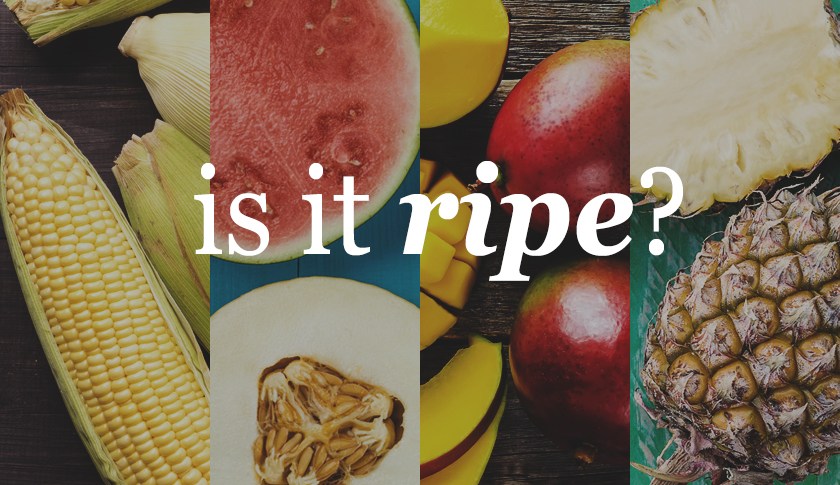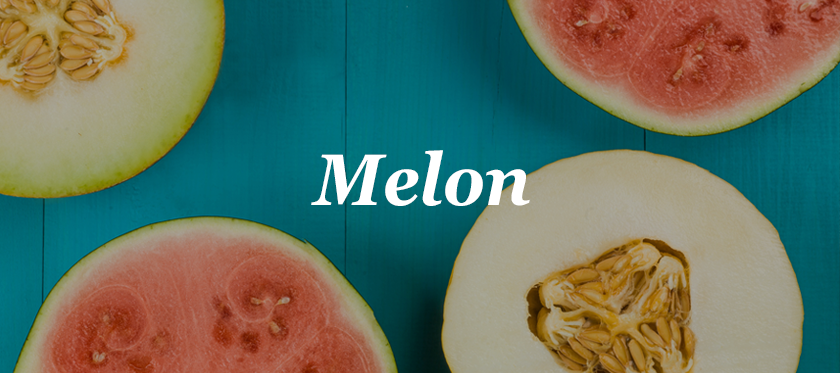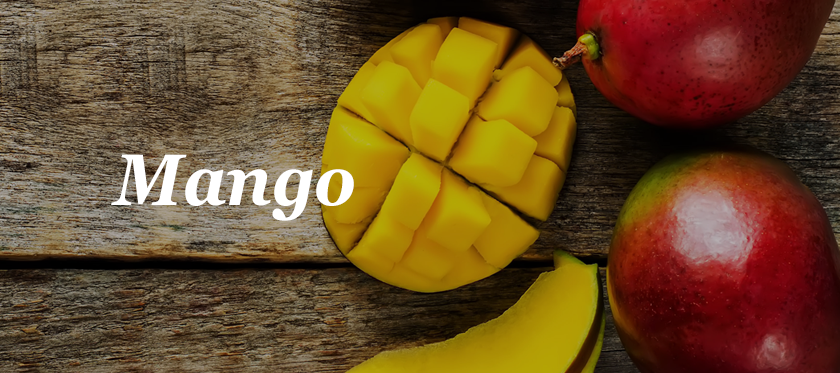Is It Ripe? Here's How to Tell
- Category: Recipes & Wellness
- Posted On:

This guest post was written by Susan Klatz Beal, a lifelong organic gardener, devoted foodie, and local food enthusiast. Susan takes pride in spotting seasonal produce at the peak of freshness and ripeness.
You’re not alone if you’ve picked up a pineapple and thought “is this one ripe? How do I tell?” While some produce is obvious by its color and size, other types make it tricky to determine if you’ve picked a good one or not. Here are a few expert tips for selecting tricky produce.
Where should I shop first?
If you’re looking for the best quality products, you won’t find anything better than the stuff that local farmers grow. July, August, and September are peak months for a variety of fruits and vegetables, so now is the time to swing by your local farmer’s market and check out the seasonal offerings. If you’re lucky, you may also find locally grown produce in your neighborhood grocery store.

How to Choose an Ear of Corn
Finding the perfect ear of corn is a test of your sight. Gently pull down the corn husks and silk to inspect a few kernels and their pattern on the cob.
- On a fresh ear of corn, the husk and silk should come down quickly.
- A ripe ear of corn should have plump kernels running up and down the length of the cob. There shouldn’t be any empty areas where kernels didn’t develop. Avoid purchasing fresh corn unless you can inspect the cars before you buy them.

Picking a Ripe Melon
A ripe melon is one of the most refreshing and healthy summers treats there is. As an experienced gardener, I believe finding a good melon starts with knowing where it grew. The best quality melons always grow along the banks of a river. The soil along riverbanks is sandier than the soil found anywhere else.
When a melon is harvested when nearly or wholly ripe, the grower should be able to pull on the melon gently enough to separate it from the stem and the plant.
- If you’re looking for a good melon, make sure that it doesn’t have a stem. If it does, it was picked before ripening so it can sit at the store until it sells.
- Another option is to shake the melon and listen to the seeds. If the seeds rattle, there’s a lot of juice inside and the seeds may have loosened from the middle.

Picking a Ripe Mango
Mangoes are tropical fruits that are available in supermarkets all year. They grow in tropical climates, so you aren’t going to find any mangoes that grew in the U.S. Because of the distance they have to travel, mangoes have to be picked before they ripen.
- You may think that the color is an indicator of ripeness, but it isn’t. The National Mango Board explains that the test for ripeness is similar to the process you’d use when you look for a ripe peach or an avocado.
- Mangoes start to soften as they ripen. When you’re looking for the best mango, you should feel it all over, checking for softness. Choose a fruit that’s evenly soft all over. The ideal fruit is just starting to get soft.
- One more method for determining ripeness is the fruit’s smell. Although it’s not a full-proof test of ripeness, you can sometimes judge a mango’s ripeness by the way it smells, but only at the end of the fruit where the stem was.

How to Choose a Pineapple
If you’re looking for an entirely ripe pineapple in the state of Utah, you’d be hard-pressed to find one.
Since the pineapples we find in grocery stores are as ripe as they’ll get, you should look for three signs of freshness.
- Start by looking over the body of the fruit to assess the skin’s uniformity. There shouldn’t be any irregularities like soft spots on the prickly outer skin.
- The smell is another way to assess pineapple quality. A sweet smell is a good indicator of quality and ripeness.
- The last way to evaluate a pineapple is by looking at the leaves. They should be very green and firm. The sharp tips of the leaves can be brown, but the rest of the leaves should be bright green and erect. Gently tug on some inner and outer leaves. If you can pull any leaves out with little to no effort, the pineapple is over-the-hill.
***
Look for corn or melon at your community farmer’s market first; you’ll find the freshest produce with the most flavor there. And when it comes to tropical fruits like pineapple and mango, try out the tips I listed above next time you’re at the supermarket.
Susan Klatz Beal is a full-time writer. When she’s not writing for clients, she spends time caring for the flowers, herbs, and salad greens that make up her patio garden, babying her indoor exotic houseplant collection, or planting flowers to attract more hummingbirds.